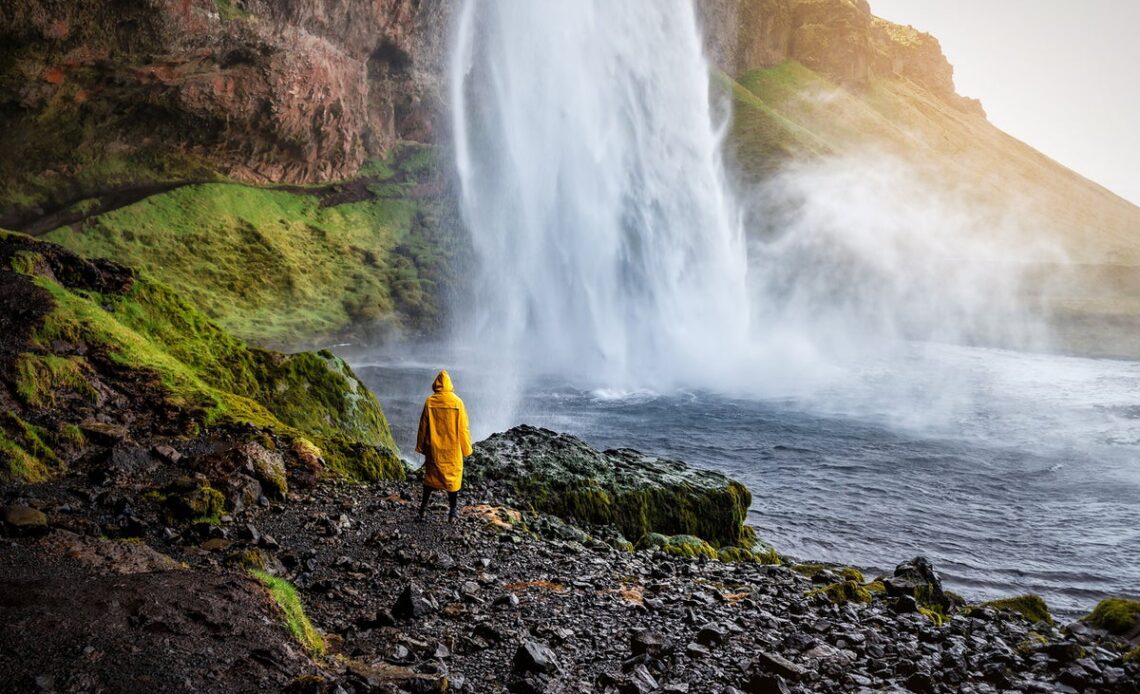Shimmering ice caps and steaming lava fields sprawl across one of the world’s most intriguing islands, providing a visual guide to how our planet was formed. Bold and dynamic, the landscape is ever evolving, and energy fizzes from every crack and crevice. Waterfalls gush, mud pots simmer and every so often an active volcano lets rip.
Iceland is a destination perfectly suited to adventure and out of this world experiences – from lazing in a natural hot spring to hiking through a glacier. But there’s also enough room for imaginations to run wild, with tales of trolls and hidden people making sense of a land stretching far beyond the realms of fantasy.
Travel restrictions and entry requirements
There are currently no Covid-related restrictions for travellers visiting the country, regardless of vaccination status. Pre-departure tests were scrapped in early 2022, along with pre-arrival registration forms. Even mask wearing is now left to an individual’s discretion. If you do start to experience any Covid symptoms while in the country, it’s possible to take a test free of charge. Exposed individuals are encouraged to exercise special precaution for five days, but there is no legal requirement to isolate. Keep up to date with the latest news at covid.is.
Best time to go
Longer days and warmer temperatures make the summer season (from end of May to end of September) the most popular time to visit. To coincide with peak tourism, many restaurants, cafes and attractions only during this period – particularly in remote places such as the Westfjords.
In a destination dependent on weather, there’s more to do at this time of year: calmer seas make it easier to visit smaller islands; mountain F roads in the highlands are open for Superjeep tours; and major hiking trails in areas like Landmannalaugar are navigable beneath the midnight sun. The only downside is higher prices and bigger crowds.
Although days are shorter, winter is ideal for night-time aurora hunting, with the strongest displays typically between January and March. If you can’t face the cold and wind, September and October are excellent months for combining the northern lights with daytime activities.
Top regions and cities
Reykjavik
More than a quarter of the the country live in the world’s northernmost capital – although in sparsely populated Iceland, that amounts to only 100,000. But a close-knit community generates a dynamic creative energy, making this compact city the place to sample…
Click Here to Read the Full Original Article at The Independent Travel…
